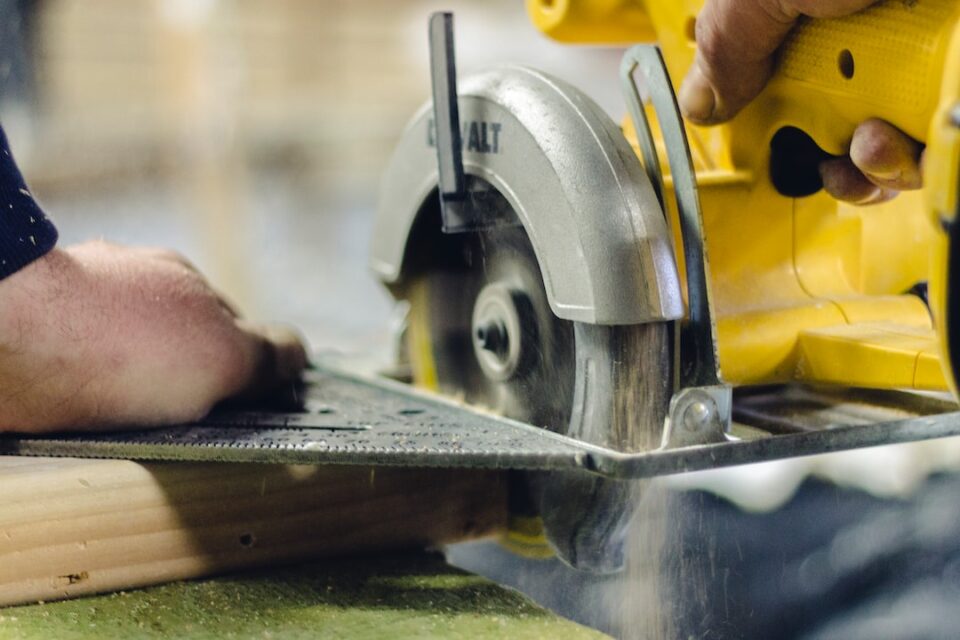Exploring Different Cladding Designs for Architectural Versatility
When it comes to architectural design, cladding plays a crucial role in enhancing the visual appeal and functionality of a building. From traditional materials like wood and brick to modern options like metal and glass, there are numerous cladding designs available for architects and designers to experiment with. One such design that has gained significant popularity in recent years is the bluestone wall cladding.
Bluestone, a versatile natural stone, is known for its durability and aesthetic appeal. It is perfect for both interior and exterior cladding applications, thanks to its ability to withstand varying weather conditions. Its subtle blue-gray hue, along with the unique texture, adds a touch of elegance and sophistication to any building.
One of the significant advantages of using bluestone wall cladding is its versatility. With a wide range of finishes and sizes available, architects can explore different design possibilities and create captivating facades. Bluestone can be cut into thin veneers or larger panels, allowing flexibility in application. Whether it is a sleek modern design or a rustic traditional look, bluestone wall cladding can complement any architectural style.
Apart from its aesthetic appeal, bluestone wall cladding also offers superior durability and longevity. It is resistant to cracks, chipping, and fading, making it an excellent choice for exterior applications. Furthermore, bluestone is easy to maintain, requiring minimal upkeep compared to other cladding materials. Its non-porous surface prevents the growth of mold and mildew, ensuring a clean and hygienic environment.
Bluestone cladding can also provide insulation benefits to a building. Its natural thermal properties help regulate indoor temperature, reducing the need for excessive heating or cooling. This eco-friendly aspect of bluestone makes it a sustainable choice for architects who prioritize energy efficiency.
In addition to the above advantages, bluestone wall cladding is also known for its durability against fire and water damage. It is a non-combustible material that can withstand high temperatures, making it a safe option for commercial or residential buildings. Its water-resistant properties prevent moisture infiltration, protecting the underlying structure from potential damage.
In conclusion, bluestone wall cladding offers architectural versatility by providing a range of design options and enhancing the overall aesthetics of a building. Its durability, low maintenance, insulation properties, and resistance to fire and water damage make it an ideal choice for both interior and exterior cladding applications. With its unique characteristics and timeless appeal, bluestone wall cladding continues to be a popular choice among architects and designers, allowing them to create stunning and functional structures.


